Mosquito eaters, skeeter eaters and mosquito hawks are a few names for the gangly crane fly that looks like an over-sized mosquito. However, these names really aren’t representative of crane flies–especially since the winged adults don’t eat mosquitoes.
Adult crane flies don’t actually eat anything at all and if they do it is nectar. The nicknames come from their appearance and the possibility that at the larvae stage they eat mosquito larvae.
Named for their gangly legs, crane flies only live for 10 to 15 days as adults. The majority of their life is spent as larvae.
Larvae are either aquatic or terrestrial depending on the species (there are 1,500 species in North America). Both larvae feed on decaying plants, dead leaves, fungi and roots in moist habitats–such as on the bottom of a stream or pond, or in mud or wet moss near water.
When full grown, the aquatic larvae will crawl from the water and burrow into mud or soil. Terrestrial species stay where they are to pupate. The pupal stage is brief compared to the larval stage.
Adult crane flies typically emerge in spring or fall during a period of 25-30 days. The synchronization of hatching results in swarms of males “dancing” around for a female. The sole purpose of an adult crane fly is to mate to create the next generation.
Flight pattern is one of the two ways to tell an adult male from a female. Males fly erratically with undulations and spiral rotations. Females fly more steadily in a direct flight path.
The other way to tell males from females in the posterior (rear) end of their abdomen. The end of the abdominal segment on a male is rounded while the female has a tapered ovipositor (egg laying organ). The ovipositor looks like a stinger but the female doesn’t sting. Instead the female will stick the ovipositor into the soil or underwater to lay eggs.
Upon close inspection of both males and females, you will notice a pair of stemmed knobs behind the wings. These drumsticks, called halteres, are a vestigial second pair of wings and are used for balance.
All flies in the order Diptera have halteres but they are particularly visible on crane flies. At the base of each haltere are sense organs that enable the fly to sense how fast it is flying, whether it is turning and whether it is being blown off course.
Crane flies are not strong fliers and are easy targets for predators. Bats and birds are the main predators of crane flies and occasionally a crane fly can escape with only a missing leg or two.
On the other hand, the less mobile larvae have numerous predators, including birds, fish, frogs, lizards, spiders, other insects and even skunks that dig them up. Crane fly larvae are also at odds with fisherman since they are used as bait.
While it would be nice if crane flies did eat mosquitoes, they are still important to the ecosystem by breaking down organic matter and enriching the soil.

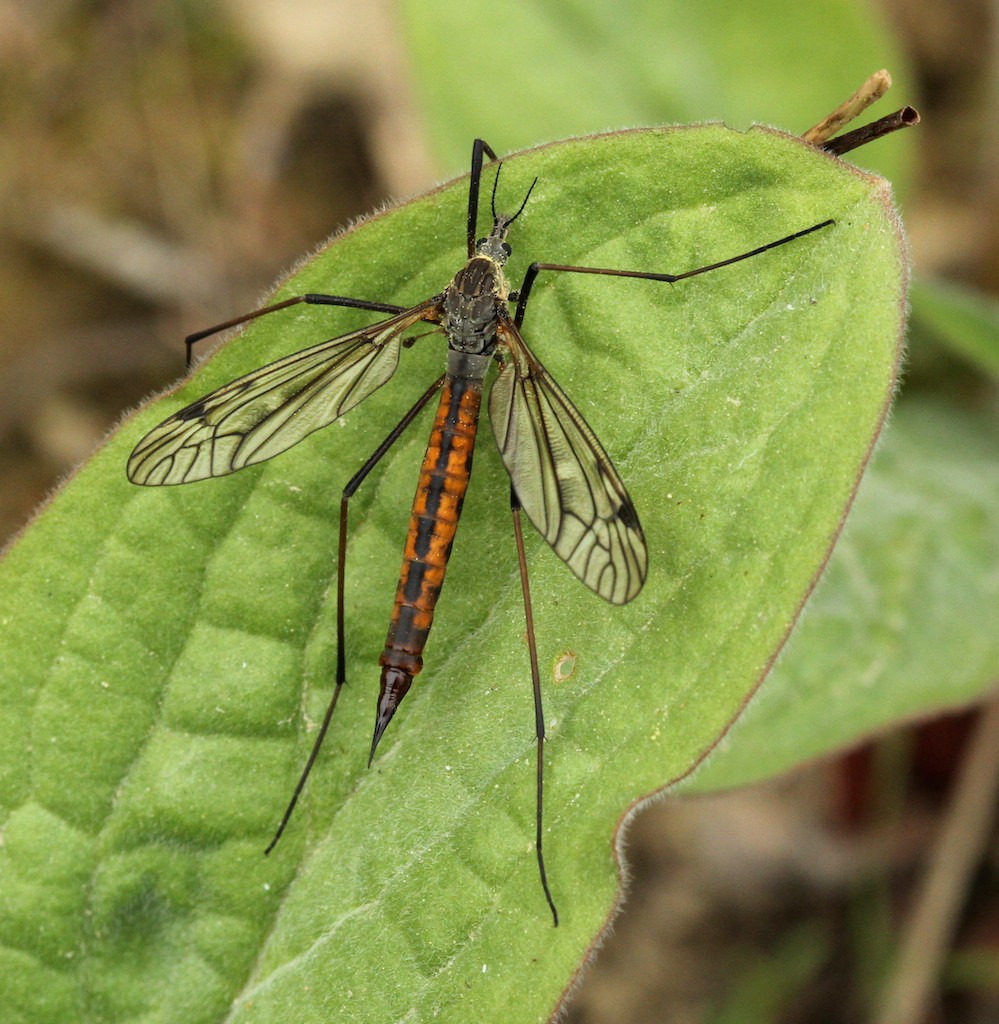
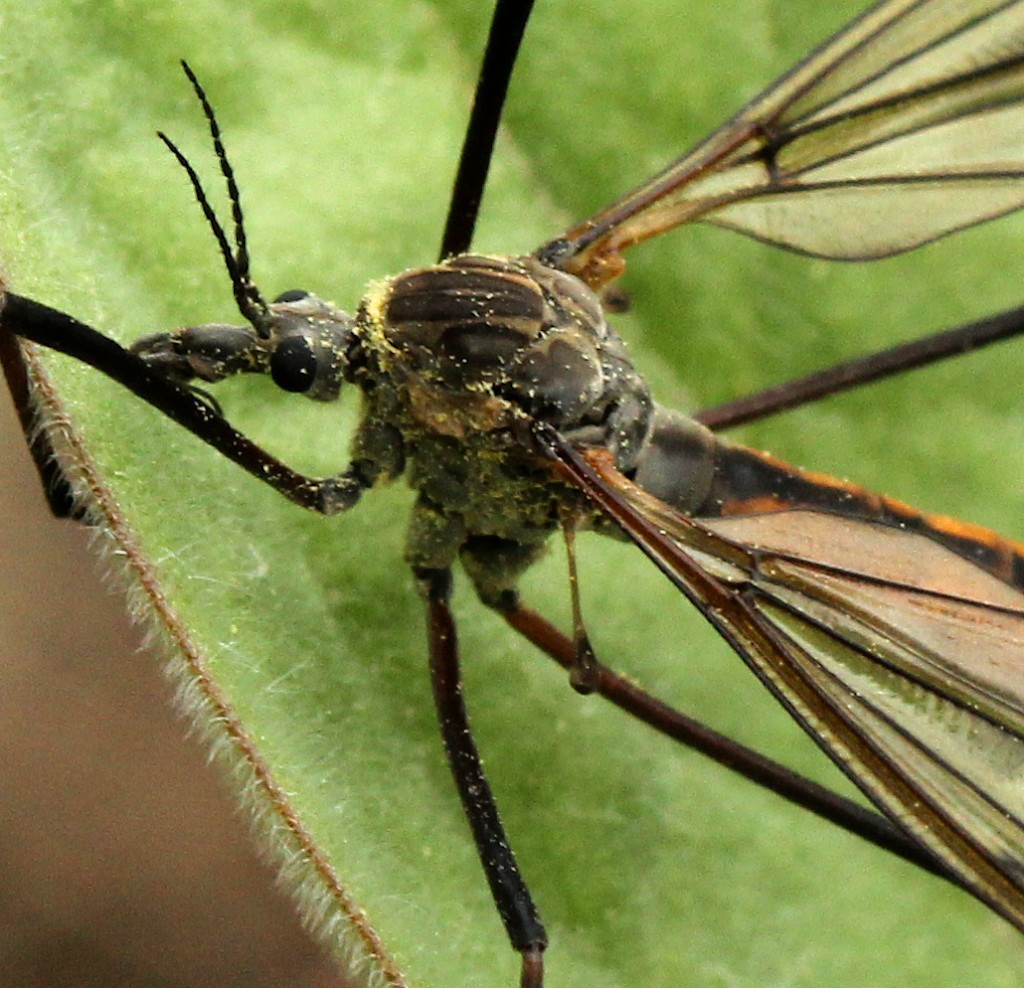
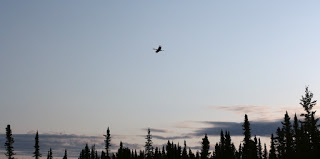
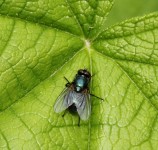
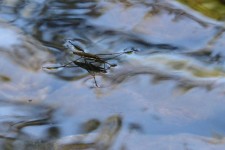

Nice post. I was checking continuously this blog and I’m impressed!
Very useful info particularly the last part 🙂 I care for such info a lot.
I was seeking this certain information for a very long time.
Thank you and best of luck.